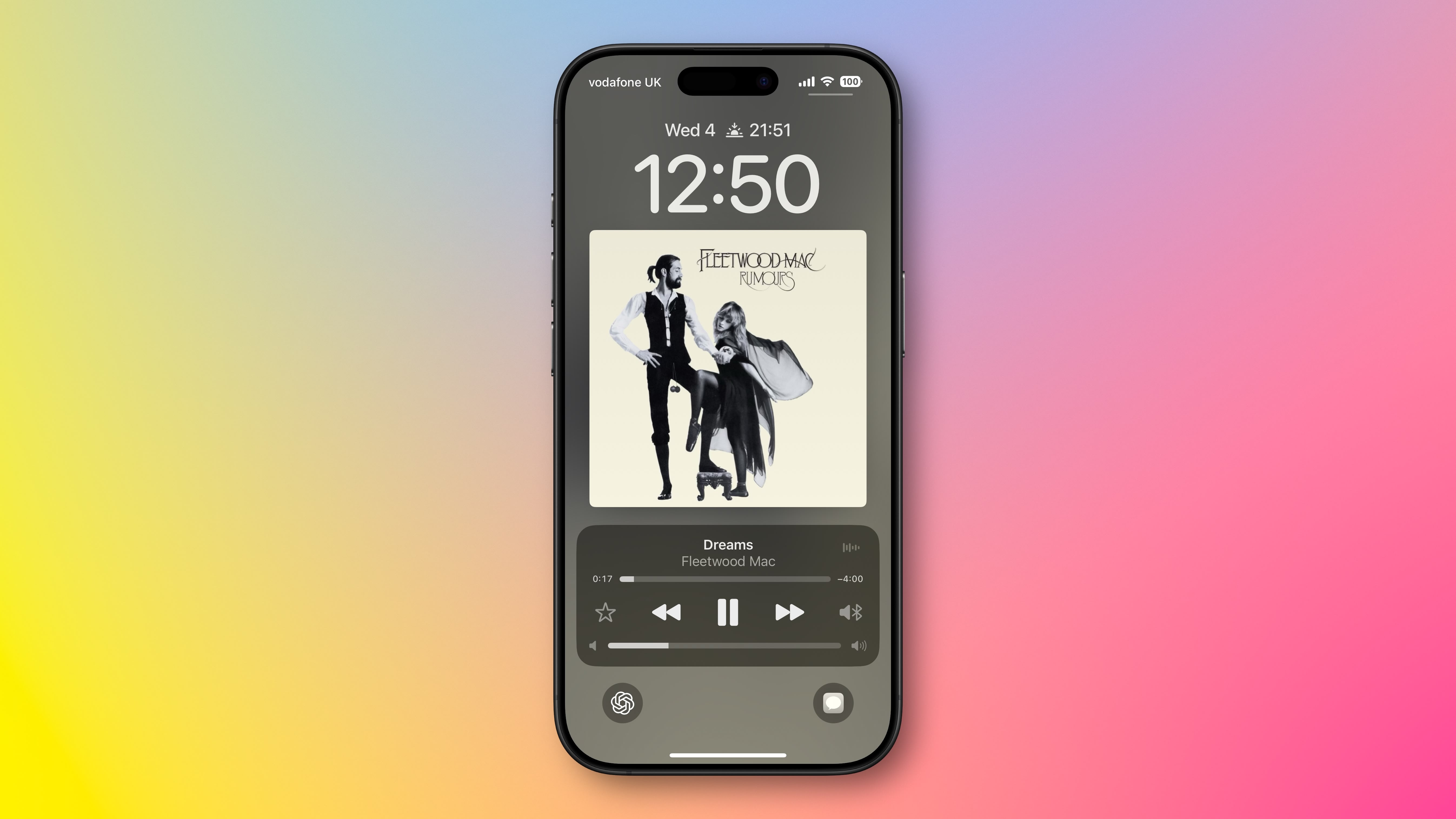As a continuation of the series of the Introductory Guide to Provisioning of SAP Business Data Cloud and its various components, this blog will help you in provisioning SAP Datasphere within Business Data Cloud. Please refer to the different parts to get a holistic understanding of the entire process.
Part 1: Provisioning of Business Data Cloud through SAP4Me
Part 2: Provisioning of SAP Datasphere
Part 3: Provisioning of SAP Analytics Cloud
Part 4: Provisioning of SAP Databricks
Part 5: Installation of Intelligent Apps and Data Packages
#Part 2
In this blog, we will discuss in detail how to provision SAP Datasphere via Business Data Cloud Core.
Begin the provisioning of BDC apps individually, for example, you can start with SAP Datasphere.
Image 1
In the “Provision SAP Datasphere” dialog that appears, provide details such as Solution Name, Resource Group, and Business Type
Image 2Create a Resource Group, if it is not already createdSelect the same region and data center that you have previously chosen for provisioning the BDC CockpitIn the Quota Assignment section, specify the quota you would like to assign from the total capacity units available for the SAP Business Data Cloud solution. This, of course, depends on your business use
Image 3
NOTE: You must provide a minimum of 1532 Capacity Units. For more information about Capacity Unit calculation, see SAP Datasphere Capacity Unit Estimator
Input details in the configure parameters section, such as the System owner’s email ID and name. As a next step, review them, and then submit the information
Image 4A confirmation message informs you that the provisioning request has been sent. Click “View in Resources” to see the tenant within the indicated resource groupIn the Resources tab, the status of the solution is “Processing” and will change to “Ready” once the provisioning is completeThe system owner of SAP Datasphere, specified during provisioning, receives an email notification when the tenant is provisionedOnce the tenant is ready, you will be able to access the tenant from the link under the ‘Resource’ tab and under the tenant detailsUnder ‘Customer Landscape’, you can see the system details of the new tenant. Also, the system integration is visually presented, where it is easier to understand and navigate through your system landscapeAs a next step, you will have to add the tenant to the ‘Formation’ that you have created already, and added your BDC tenant to itNavigate to me.sap.com > Products & portfolio > Business Data Cloud > Customer Landscape > FormationChoose the correct Formation and then click on ‘Include System’ and choose the Datasphere tenant to include in the formation, and save the changes
Image 5
Image 6
A single datasphere tenant can only be part of one formation and not multiple formations
Now, you have successfully provisioned a SAP Datasphere tenant within the BDC Core.
As a continuation of the series of the Introductory Guide to Provisioning of SAP Business Data Cloud and its various components, this blog will help you in provisioning SAP Datasphere within Business Data Cloud. Please refer to the different parts to get a holistic understanding of the entire process.Part 1: Provisioning of Business Data Cloud through SAP4MePart 2: Provisioning of SAP DataspherePart 3: Provisioning of SAP Analytics CloudPart 4: Provisioning of SAP DatabricksPart 5: Installation of Intelligent Apps and Data Packages#Part 2In this blog, we will discuss in detail how to provision SAP Datasphere via Business Data Cloud Core.Begin the provisioning of BDC apps individually, for example, you can start with SAP Datasphere.Image 1In the “Provision SAP Datasphere” dialog that appears, provide details such as Solution Name, Resource Group, and Business TypeImage 2Create a Resource Group, if it is not already createdSelect the same region and data center that you have previously chosen for provisioning the BDC CockpitIn the Quota Assignment section, specify the quota you would like to assign from the total capacity units available for the SAP Business Data Cloud solution. This, of course, depends on your business useImage 3NOTE: You must provide a minimum of 1532 Capacity Units. For more information about Capacity Unit calculation, see SAP Datasphere Capacity Unit EstimatorInput details in the configure parameters section, such as the System owner’s email ID and name. As a next step, review them, and then submit the informationImage 4A confirmation message informs you that the provisioning request has been sent. Click “View in Resources” to see the tenant within the indicated resource groupIn the Resources tab, the status of the solution is “Processing” and will change to “Ready” once the provisioning is completeThe system owner of SAP Datasphere, specified during provisioning, receives an email notification when the tenant is provisionedOnce the tenant is ready, you will be able to access the tenant from the link under the ‘Resource’ tab and under the tenant detailsUnder ‘Customer Landscape’, you can see the system details of the new tenant. Also, the system integration is visually presented, where it is easier to understand and navigate through your system landscapeAs a next step, you will have to add the tenant to the ‘Formation’ that you have created already, and added your BDC tenant to itNavigate to me.sap.com > Products & portfolio > Business Data Cloud > Customer Landscape > FormationChoose the correct Formation and then click on ‘Include System’ and choose the Datasphere tenant to include in the formation, and save the changesImage 5Image 6 A single datasphere tenant can only be part of one formation and not multiple formations Now, you have successfully provisioned a SAP Datasphere tenant within the BDC Core. Read More Technology Blog Posts by SAP articles
#SAP
#SAPTechnologyblog











